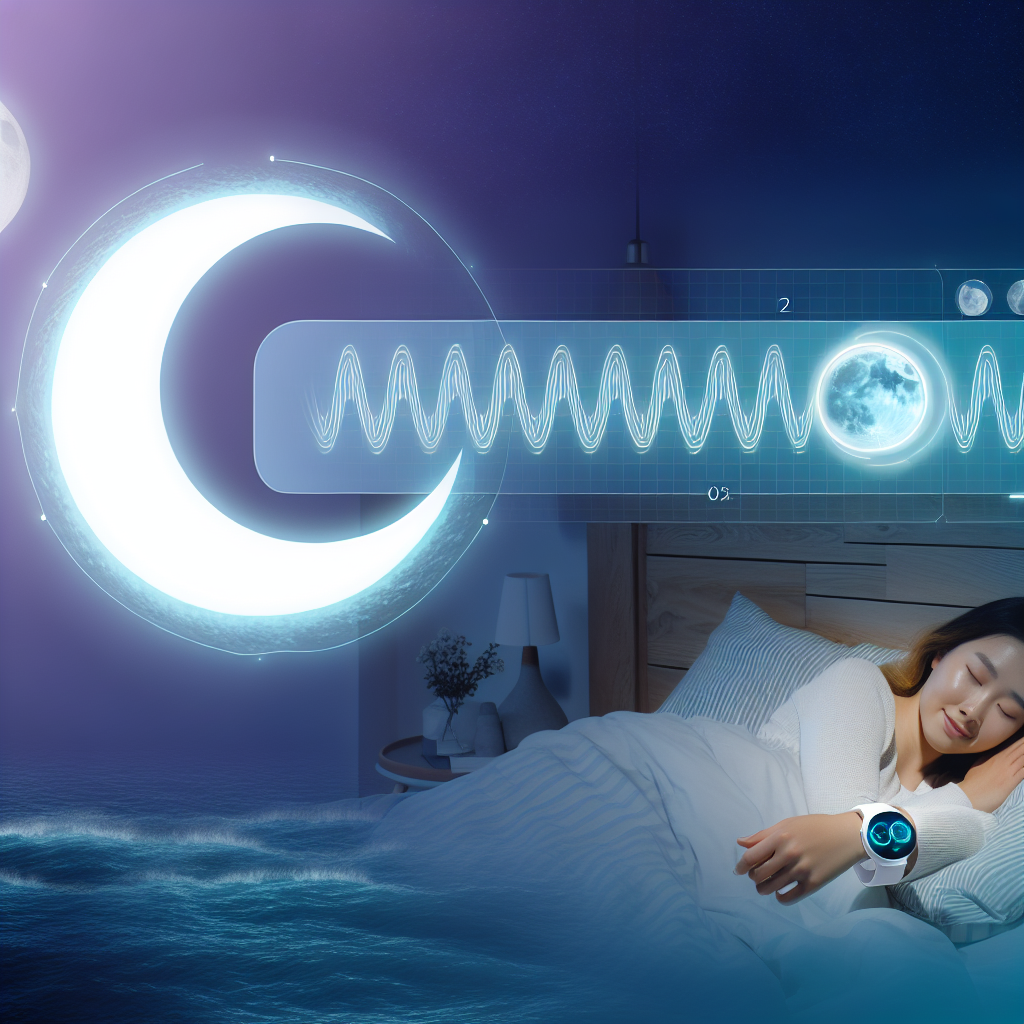Here is the article with the requested changes:
Electromagnetic Field Blocking: Faraday Cage Bedroom Modifications Guide
In an always-on digital world, prioritizing deep, restorative sleep is more important than ever. Discover how Faraday cage bedroom modifications can shield your sleep sanctuary from harmful electromagnetic fields (EMFs) and improve your overall health and wellness.
Why EMF Exposure May Be Sabotaging Your Sleep
In an age where digital connectivity thrives, concern is mounting over the long-term exposure to electromagnetic fields (EMFs) within our daily environments. From cell phones and Wi-Fi routers to smart meters and power lines, EMF radiation is virtually inescapable in modern homes.
Emerging studies and firsthand reports suggest that excess EMF exposure may disrupt sleep, interfere with circadian rhythms, and lead to lingering fatigue — particularly among electromagnetically sensitive individuals. With sleep being a foundational pillar of health that influences cognitive performance, hormonal balance, and emotional well-being, any disruption can have a cascading effect on daily life.
One cutting-edge solution gaining attention is the Faraday cage — a structure traditionally used in laboratories and data centers to block electromagnetic interference. Now, forward-thinking homeowners are repurposing these scientific principles to create shielded sleep environments, using everything from EMF-blocking paints to conductive bed canopies.
The Science: Can EMF Exposure Really Disrupt Sleep?
Several medical and scientific studies have examined the relationship between EMF exposure and disrupted sleep. A pivotal NIOSH study found that exposure to magnetic fields significantly reduced melatonin production — the hormone responsible for regulating the sleep-wake cycle. When melatonin levels drop, so does sleep quality.
A 2012 review published in Electromagnetic Biology and Medicine concluded that extremely low-frequency EMFs (ELF-EMFs) can affect melatonin synthesis and lead to altered circadian rhythms (Belyaev, 2012).
Additionally, research led by Tsuyoshi Ohkubo demonstrated that even low-frequency EMFs can negatively affect deep sleep and cardiovascular health. Amid growing evidence, the EUROPAEM EMF Guidelines (2016) officially recommend limiting EMF exposure in sleeping areas — especially for individuals with ongoing neurological or sleep-related disorders.
In clinical practice, shielded sleeping environments resembling Faraday cages showed promising results. A 2014 case series in Alternative Therapies in Health and Medicine recorded significant improvements in sleep quality and mood among individuals using EMF-blocking bed canopies.
How to Create a Faraday Cage Bedroom: EMF Blocking Strategies
If you’re ready to upgrade your bedroom into a sleep sanctuary, here are the most effective ways to integrate Faraday cage principles and block unwanted EMFs:
1. EMF Shielding Bed Canopies
Canopies woven with silver or copper thread encase your bed, creating a personal Faraday shield that effectively blocks electromagnetic radiation. These breathable fabrics provide a cozy and protective sleep space — ideal for renters or those looking for a moveable solution.
2. EMF Shielding Paint
Apply carbon-based conductive paint to the walls and ceiling to block radiofrequency (RF) signals. When properly grounded, this paint turns your walls into EMF shields. Pair it with other shielding elements for a near-total enclosure.
3. Window Shielding Films and Curtains
Windows often act as entry points for EMFs. Apply transparent conductive window films or use silver-mesh blackout curtains to block out harmful radiation without sacrificing natural light during daytime.
4. Bed Placement and Furniture Arrangement
Distance is key — place your bed away from heavy EMF sources such as Wi-Fi routers, electrical panels, and smart meters. Maintain at least a six-foot buffer whenever possible.
5. Power Down the Night Signals
Use a timer or manually switch off Wi-Fi routers and connected devices at night. Replace smart home connections with hardwired Ethernet to drastically reduce nightly RF exposure.
6. Add Grounding and Earthing Mats
While not EMF shields, grounding mats help neutralize electrical charges in your body. Using them under your sheet at night can support deeper sleep and help reduce bodily static buildup.
7. Remove Wireless Devices from the Bedroom
Phones, Bluetooth speakers, tablets, and smartwatches all emit EMFs—even when idle. Keep them at least 8–10 feet away or charge them in another room while you sleep.
8. Hire an EMF Specialist
For tailored advice, consult with a certified building biologist or EMF mitigation expert. They can measure EMF frequencies in your home and suggest the optimal shielding methods specific to your location and lifestyle.
Why Creating a Shielded Bedroom Could Be a Game-Changer
It’s clear: sleep isn’t just about going to bed early or investing in a luxury mattress. In today’s technologically saturated environment, it’s about minimizing subtle, yet chronic threats to our biology — and that starts with reducing EMF exposure in the space where recovery happens every night.
Faraday cage bedroom modifications represent a groundbreaking intersection between science, wellness, and technology. While researchers continue to explore the long-term effects of EMFs, current studies indicate that limiting exposure — especially during sleep — contributes significantly to improved sleep quality and overall health.
Whether you’re electromagnetically sensitive or simply proactive about optimizing your well-being, investing in EMF-shielding materials, replacing wireless devices with wired alternatives, and being mindful of your bedroom setup could dramatically enhance your nightly restoration. This balance of ancient wisdom and modern science might just be the secret to waking up well-rested in the 21st century.
References
- Savitz, D. A., et al. (1996). Magnetic field exposure and melatonin and norepinephrine secretion in electric utility workers: Results of a pilot study. NIOSH
- Belyaev, I. (2012). Biological effects of non-ionizing electromagnetic fields: Two sides of the coin. Electromagnetic Biology and Medicine, 31(2), 115–126. Taylor & Francis Online
- Ohkubo, C., et al. (2003). Effects of power frequency magnetic fields on physiological parameters during sleep. Bioelectromagnetics, 24(7), 429–434. PubMed
- EUROPAEM EMF Guideline 2016. European Academy for Environmental Medicine. EUROPAEM
- Hedendahl, L. K., et al. (2014). Electromagnetic hypersensitivity: Fact or fiction? Electromagnetic Biology and Medicine, 34(4), 382–390. Taylor & Francis Online
Concise Summary:
In a world surrounded by digital devices and electromagnetic fields (EMFs), creating a Faraday cage bedroom can shield your sleep sanctuary and improve your overall health and wellness. By incorporating EMF-blocking strategies like shielding bed canopies, conductive paints, and grounding mats, you can minimize exposure to harmful radiation and support deeper, more restorative sleep.

Dominic E. is a passionate filmmaker navigating the exciting intersection of art and science. By day, he delves into the complexities of the human body as a full-time medical writer, meticulously translating intricate medical concepts into accessible and engaging narratives. By night, he explores the boundless realm of cinematic storytelling, crafting narratives that evoke emotion and challenge perspectives.
Film Student and Full-time Medical Writer for ContentVendor.com




